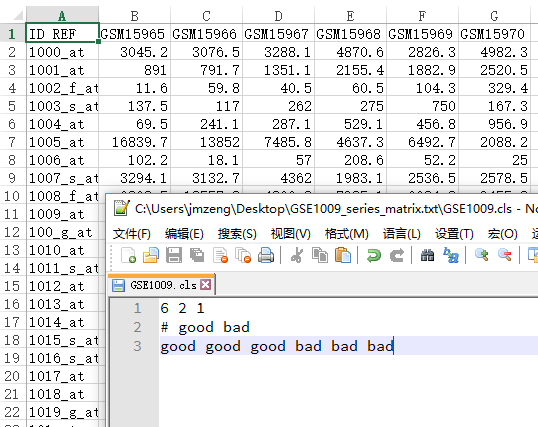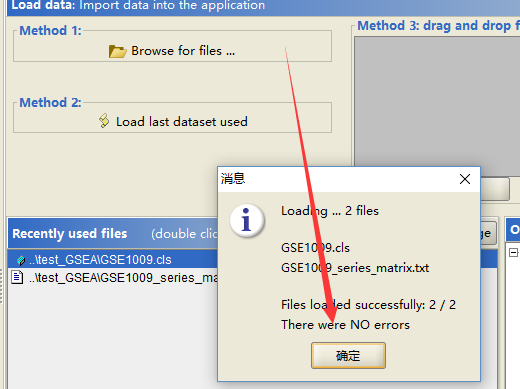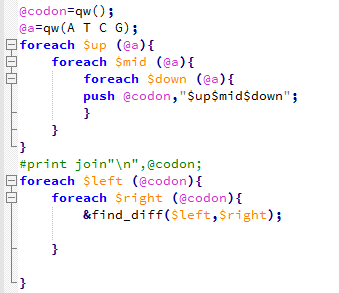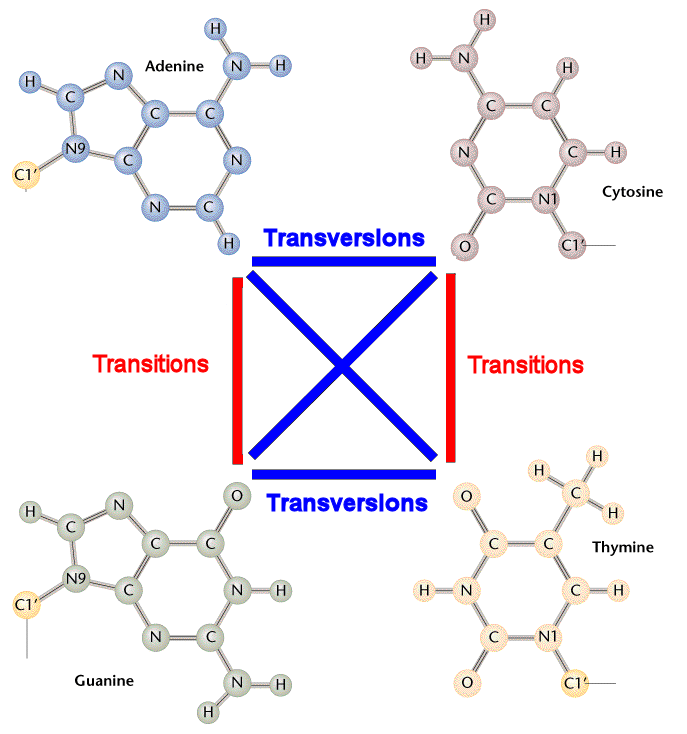的确是上千人进行讨论,我这里分两次翻译网友们的讨论结果:
Lenny TeytelmanFebruary 15, 2014 at 7:53 AM
The reason I did not want to publish this - a single voice is invariably dismissed. So, I want to assemble in a central place as many essays like this from students, postdocs, and professors. The funding crisis will not be addressed until the severity of it is acknowledged and NIH, politicians, and scientists are alarmed enough. Please e-mail me your stories to lenny at zappylab dot com (whether new or published elsewhere). I will put together a site aggregating all of them.
以前我不发表这个观点的原因是-势单力孤。所以我希望等到足够多的类似的观点由不同的学生,博士后,甚至教授提出来之后,把它们整合在一起。学术圈的资金危机很难解决,除非NIH本身意识到问题的严重性,而且最好是政客,科学家们也对此有着足够的警醒。所以请把你的经历发邮件给我,不管你以前是否也在其它什么场合抱怨过,我将对他们做一个汇总,统一发表出来。
BioluminessaFebruary 17, 2014 at 10:55 AM
Hi Lenny. Thank you for sharing your perspective! Here is another to add to your collection of essays. I wrote this piece the other day coming to similar conclusions. http://bioluminate.blogspot.com/2014/02/the-seven-stages-of-grief-for-academic.html
谢谢你分享你的观点,这里有个故事可能比较符合你的要求。
sheiselsewhereFebruary 25, 2014 at 11:54 AM
I often get told that I shouldn't be so negative and that things will get better. Unfortunately, I don't have the time to wait. Here is my contribution.
http://sheiselsewhere.mosdave.com/2014/02/16/singing-for-supper/
长久以来,人们就告诉我我不应该如此的悲观,一切都会好起来的。不幸的是,我已经没有足够的时间去等待事情好转了。下面是我的经历。
Dregev21February 28, 2014 at 2:13 PM
Wow, thank you for posting this! I have gone through a very similar situation and have also decided to quit pursuing this dream. I was a 4th year PhD student at the University of Florida (where I had already had to change labs since my first mentor moved to UAB) and my project was going nowhere fast. I also started seeing academia for what it has become; an industry of cheap labor and false hopes. But like you, I stayed in it for as long as I could because of my love for science, learning and teaching. I quit and got out with a MS degree this past November and I am very happy with my decision. I began working as a research coordinator at UF, making more money and like you felt liberated and free from the constant stress of graduate work and research. I believe most students come in to graduate scholl for the same reasons, but it has become so disheartening and scary, that it didn't seem worth it to me anymore. I think it is important for current students to know and understand that there are other things to do in life that are more fruitfull, less stressful and just as intelectually stimulating and rewarding. In any case, thank you for sharing!
哇,谢谢你的分享!我有着同样的经历,也准备放弃一直追寻的梦想了。我是佛罗里达大学的一名在读博士生,这是我博士生涯的第四年,而博士期间,我已经换过一次导师了,因为我的前导师去了UAB,所以我的博士课题也换了。就我的经历来看,我也认为学生圈现在充斥着廉价劳动力和虚假的期望。然而就像你一样,凭着对科学的一腔热血,我坚持了很长时间。直到去年十一月,我辍学了,就拿到了一个硕士学位,并且我非常开心我做了这样的决定。我的第一份工作是在UF做一个研究协调员,可以挣很多钱了,也终于从无止境的毕业研究课题压力中解放出来了,跟你一样的自由了。我觉得是时候让现在的学生知道在我们的生命中还有这非常多的更有意义,会收获更大,但却压力更小的事情可以做。
Travels with Moby March 1, 2014 at 12:58 PM
Good Luck to you. I made this choice for many similar reasons about 6 years ago. But I was a college professor at a small college. You have aptly described the scenario. Even without the added stress of the grant machine, the choices that we are forces to make that divorce ourselves from family, friends to pursue this academic dream are incredibly costly. What I did find after a year in industry, is that I was not alone, I met former academics in industry and elsewhere that have expressed the same concerns. I wish you the best, and you are not alone.
祝你好运!我也做了同样的决定,在六年前。但是我曾经是一个小学院的一名教授。你非常精准的描述了我们这样的教授的状态。即使没有基金方面的压力,我们这样的选择也使得我们无法兼顾家庭,朋友。追求学术的道理牺牲真的好大。当我离开学术圈,进入产业界的第一年,我终于不再觉得孤单了,我遇到以前学术圈的好友的时候也听到过他们有着类似的抱怨。不管怎么样,还是希望你能好好的,毕竟,我们都不孤单。
Kevin ZelnioMarch 3, 2014 at 8:51 AM
Good luck! Life is better outside academia lol. I left 2 phds (got my masters after first one) and a decade long research career with 12 and then a 5+ year science communication career, left the country and started a microbrewery in Sweden. My skills as a scientist have been instrumental in my new profession as a beer maker (serious lab and sanitation skills here!) and a business person (improved and more diverse funding sources! AKA investors and people who drink BEER - which is like everybody). I cried a lot, I won't lie. Almost wrecked my marriage and the stress turned me into a horrible father for a while. Its just not a sustainable career for some types of people. Which is a shame, because the career is selecting for the same type of people and missing out on a diversity of life styles which could most likely benefit the scientific community in a number of ways. Here was my story: http://deepseanews.com/2013/02/19294/
祝你好运!学术圈外面的世界更精彩,O(∩_∩)O哈哈哈~我有着长达12年的科学研究经历和多于5年的科学普及经历,终于离开了我的祖国,来到了瑞典开始酿酒。在我还是科学家的时候掌握的各种技能对我现在作为一个啤酒酿造师还是蛮有帮助的,尤其是严肃认真的实验习惯以及无菌操作技巧。那时候申请各种稀奇古怪的基金所锻炼出来的沟通技巧也特别适合自己现在转行做商人。我曾经为这样的转变哭泣过,我承认。这几乎摧毁了我的婚姻生活,也在一段时间让我变成了一个糟糕的父亲。对某些人来说,这样的职业不是一辈子的事情,而且是某种意义上的丢脸。以下是我的故事。
UnknownMarch 3, 2014 at 2:10 PM
I don't see why I should view your departure as
a bad sign for the life sciences. As an engineer,
we celebrate when our students graduate, go
start a company or join an existing one, and
create products that make the world a better
place. Or, go work at a national laboratory,
the FCC, a non-profit, or any of the other types of
jobs where engineers make a contribution.
我不认为,应该把你的离开看作是科学界的损失。作为工程师,我们欢迎毕业了的同学开公司或者加入已有的公司,去创造一些让人们生活更美好的产品。或者,干脆去国家实验室工作,或者FCC也行,一个非盈利组织,或者可以参加很多其它类似的,对工程师有需求的工作
Lenny TeytelmanMarch 3, 2014 at 2:26 PM
First of all, it is terrific that you are supportive of graduate students who go on to be productive outside of academia! Unfortunately, in life sciences, you often lose support of your mentor the second you say that you do not plan to be a tenure track professor.
Second, and most importantly - the reason our departures and anxieties are cause for concern - being a professor, in the current funding climate, requires a level of sacrifice for science that fewer and fewer of the most talented and brightest scientists will make. Our taxpayers spend an extraordinary amount funding research. If the best scientists leave academia, research will suffer. Training of the future scientists will suffer. Science, inside and outside of academia will suffer.
首先,像你这样的毕业生,走出学术圈之后还能创造如此多的产品,必然是非常了不起的。不幸的是,在生命科学领域,你经常就会失去你导师的资助,就像你博文里面提到的第二点那样,你也不打算去争取一个终身教职了。
其次,最重要的是我们的离开仅仅是因为焦虑,在如今的基金资助条件下,成为一个教授,需要一定程度的牺牲,只有极少数的非常聪明,非常有才智的科学家能做到了。我们的纳税人还是投入了大笔资金在科学研究的,如果大量的优秀科学家都离开了学术圈,那谈何学术成果呢。一个科学家的训练是需要耗费大量时间和金钱的,他们都将因此受损,同时,不管是学术圈里面还是外面都会蒙受巨大的损失。
gregMarch 3, 2014 at 3:07 PM
Your story collection is a great idea. I hope you'll keep the sources of the site open? I bet a lot of people would like to contribute to making that project stand out - I would certainly be helping out.
Thanks a ton for your blog post. Your last point about leaving your wife if she'd treated you as badly as science does is awesome. I'm just coming to the realization that you seem to already have: the notion that "If you can see yourself possibly loving any profession as much as you love science, you're not cut out for science" is unhealthy - it's a mark of the sort of brainwashing that academia does to you.
Best wishes on your future path.
你这个想把所有类似的学术圈失意的故事收集起来的想法很棒。我希望你能持续收集,并且保持开放。我也确信会有非常多的人参与进来贡献他们的故事,让这个计划传播开来。我也会尽我的努力去推动它。
能看到你这个博文真的是三生有幸。你最后那句话(如果你妻子对你像科学对你那样你肯定把她给甩了)简直是太精彩了。我也开始有着你曾经有过的想法了,如果你对追求科学还抱有疑问,是因为你的爱不够坚定,这样的想法是不对的,这只是学术圈对你的洗脑。
Jessica WilsonMarch 6, 2014 at 11:43 AM
This is fantastic writing, despite the sadness. I sympathize (finishing PhD in neuroscience, considering heading out).
I'd love to try and make a video with some of the stories you've accumulated. I'm already looking through that Google Doc you posted right now, and my heart is breaking.
文章写的真棒,尽管让人感到莫名的悲伤和失望。作为一个刚刚结束了神经科学学习课程的博士生,我深有同感。
我很乐意为你收集的这些故事拍一个video,我也看完了你在google doc里面所表达的观点,实在是太震撼了。
CBMarch 12, 2014 at 6:09 PM
Really great stuff. I have reread this post a dozen times over the past couple weeks, as I am a postdoc currently on the precipice of throwing in the towel on my academic career. I find the last sentence particularly meaningful. I can't shake the feeling that giving up on this career that I have been laser-focused on for ten years feels an awful lot like a traumatic breakup. But the simple truth is exactly as you described, academic science simply doesn't respect its professionals nearly enough for the best of us to stick around.
Ugh, breakups suck!
Michael RuddyMarch 14, 2014 at 1:55 PM
How appropriate for a Valentine post ... if you do not love everything about what you are doing – move on until you find it!
O(∩_∩)O哈哈~在情人节发表这样的观点实在是太适合不过了。如果你实在是不喜欢你正在做的事情,果断的放弃,持续寻找直到找到你所爱的。
Nick EffordFebruary 15, 2014 at 8:53 AM
I sympathise and wish you a successful and fulfilling future, wherever that takes you. The pressures in UK academia are much the same, as is the relatively low pay. We've seen our pay fall 13% taking into account inflation over the last 5 or 6 years, and universities refuse to offer a decent pay increase despite increasing their income from students and despite the fact that they are sitting on huge cash reserves. My own institution would rather spend £50 million on new buildings than reward its staff for their dedication.
Like you and countless others, I'm reluctant to leave a job that can be very exciting and stimulating. But the truth is that the stress levels make it increasingly unsustainable. There is constant pressure to write papers and secure research funding and simultaneous pressure to improve teaching quality, but there is a failure to recognise that time is a finite resource, so one activity must inevitably be traded off against the other.
I don't expect to receive the same remuneration as I would in industry, but I do need one of two things to happen: either working conditions need to improve or the pay needs to improve to reflect the real pressures of the job. I've sacrificed too many evenings and weekends over the years, and that has had a negative impact on personal physical and mental health as well as family relationships. If something doesn't give soon, I could well end up following you out of academia.
The trade union for academics in the UK is currently locked in a bitter pay dispute with the universities. You can find out more about it at http://fairpay.web.ucu.org.uk/
Good luck!
Nick
我也深有同感,也期望你有个成功而且精彩的未来,不管你走向哪个领域。英国的学术圈压力也很类似,因为相对来说基金资助量都很小。在过去的5到6年间,我们的资金总量,考虑到通货膨胀,反而缩减了13%,大学却拒绝对研究基金做一个比较像样的提高,尽管他们向学生收取的学费更多了,而且他们的现金流也非常健康。我所在的研究所情愿花五千万欧元区修建一个大楼,也不会去奖励那些辛辛苦苦奉献着的教职工。
像你以及无数的其他类似经历的人一样,我也不情愿离开这个即兴奋又刺激的研究工作。但是压力的与日俱增让我的研究工作越来越难以为继。我们既要保证发表足够的文章,还要争取研究基金的支持,同时还要提高我们的教学质量,但是我们不得不承认,一个人的时间是有限的,所以我们必然会在有些方面做得不够。
我不期望能得到与工业界相当的报酬,我仅仅是期望我们的工作条件能得到改善,并且我们的报酬水平应该能对得住我们实际上所承受的工作压力。长年以来,我已经付出了无数个夜晚和周末,而这对我个人的身心健康是一个很大的影响,同时也极大的影响了我的家庭关系。如果这一切不尽快改善的话,我想,我应该马上就会追寻你的脚步,离开这学术圈了。









